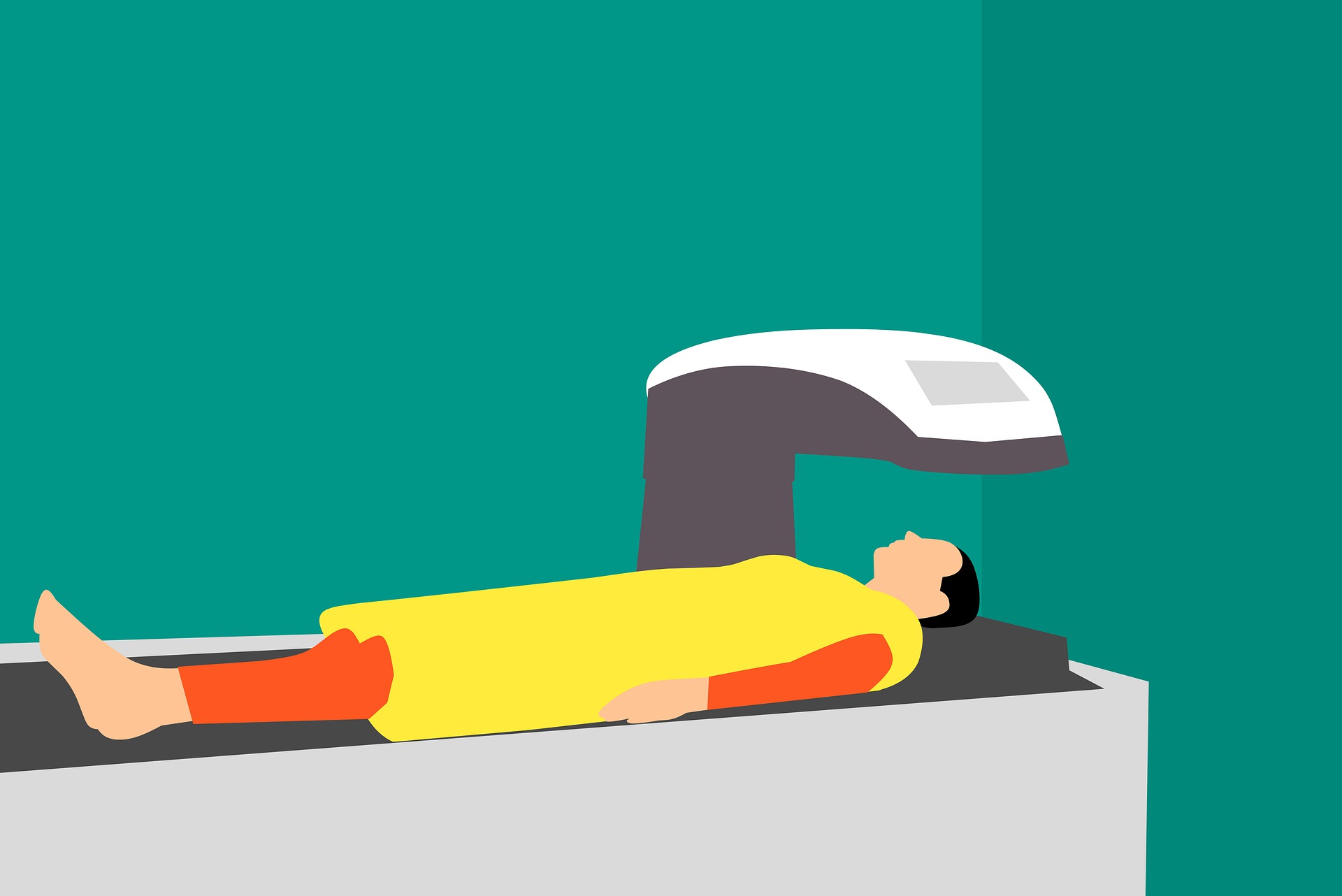Limitations in existing healthcare interoperability present a significant barrier to next-gen computing solutions such as Machine Learning (ML) and Artificial Intelligence (AI). New workflow standards aimed at addressing the integration of AI/ML actors to clinicians in delivering better patient care.
One of the main limitations of standards is streamlining access to data from electronic medical record (EMR) applications. There is a growing need for a holistic view of patient data, and the inclusion of the allied healthcare services such as radiology will play a crucial role in building a 360° patient view. This will help healthcare professionals take accurate and informed decision on patient care, and bridge the gap between fragmented and siloed information that is currently limiting hospitals and healthcare systems from gaining insights to drive better health outcomes.
To seek better exchange of health data among providers and patients, the Health and Human Services (HHS) published final rules that put patients first and bring one step closer to achieving Interoperability. The ONC’s (Office of the National Coordinator for Health Information Technology) rule aims to standardize API via HL7 Fast Healthcare Interoperability Resources (FHIR®) R4, a latest version of the FHIR standard, and making its use mandatory under this rule.


